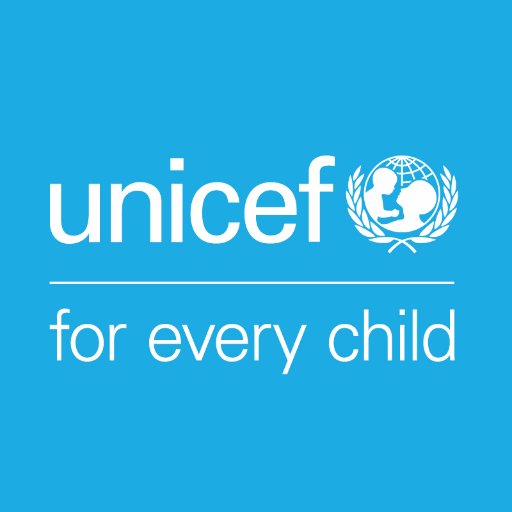UNICEF calls on governments to prioritize the reopening of schools, take all actions possible to make classrooms as safe as possible and avoid nationwide school closures
The number of schoolchildren affected by COVID-19-related school closures soared by 38 per cent in November, placing significant strain on the learning progress and well-being of an additional 90 million students globally.
According to data collected by UNESCO, classrooms for nearly 1 in 5 schoolchildren globally – or 320 million – are closed as of 1 December, an increase of nearly 90 million from 232 million on 1 November. In contrast, the month of October saw the number of schoolchildren affected by school closures decrease nearly three-fold.
“In spite of everything we have learned about COVID-19, the role of schools in community transmission, and the steps we can take to keep children safe at school, we are moving in the wrong direction—and doing so very quickly,” said Robert Jenkins, UNICEF Global Chief of Education. “Evidence shows that schools are not the main drivers of this pandemic. Yet, we are seeing an alarming trend whereby governments are once again closing down schools as a first recourse rather than a last resort. In some cases, this is being done nationwide, rather than community by community, and children are continuing to suffer the devastating impacts on their learning, mental and physical well-being and safety.”
When schools close, children risk losing their learning, support system, food and safety, with the most marginalized children – who are the most likely to drop out altogether – paying the heaviest price. And, as millions of children remain out of their classrooms for more than nine months, and many more are re-living the upheaval, UNICEF fears that too many schools are closing unnecessarily, and not enough emphasis has been placed on taking the necessary steps to make schools safe from COVID-19.
A recent global study using data from 191 countries showed no association between school status and COVID-19 infection rates in the community. With little evidence that schools contribute to higher rates of transmission, UNICEF urges governments to prioritize reopening schools and take all actions possible to make them as safe as possible.
School re-opening plans must include expanding access to education, including remote learning, especially for marginalized groups. Education systems must also be adapted and built to withstand future crises.
UNICEF’s Framework for Reopening Schools, issued jointly with UNESCO, UNHCR, WFP and the World Bank, offers practical advice for national and local authorities. The guidelines focus on policy reform; financing requirements; safe operations; compensatory learning; wellness and protection and reaching the most marginalized children.
“What we have learned about schooling during the time of COVID is clear: the benefits of keeping schools open far outweigh the costs of closing them, and nationwide closures of schools should be avoided at all costs,” said Jenkins.










